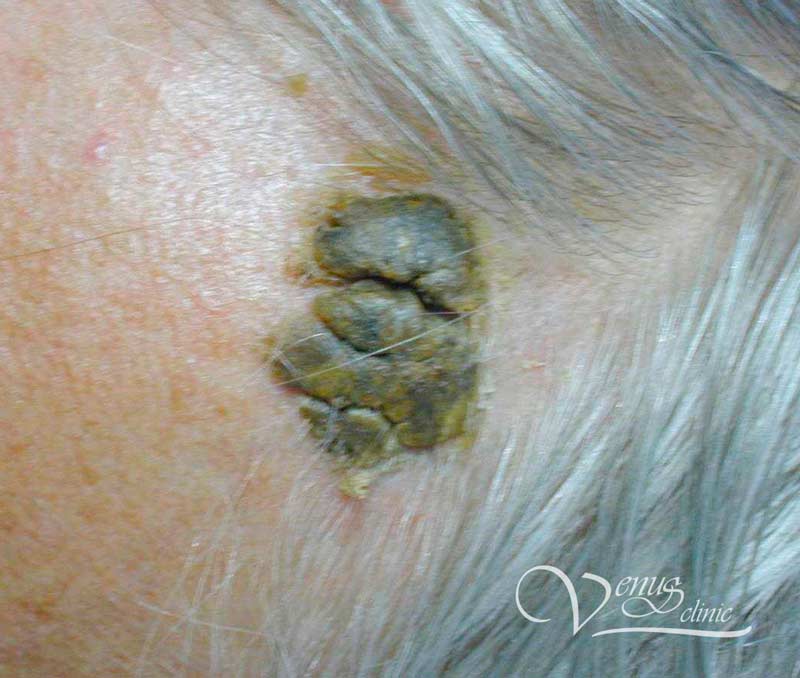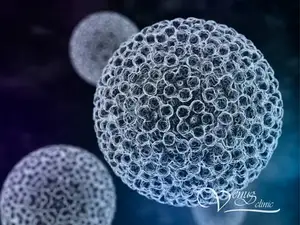
Seborrheic keratosis
Seborrheic keratosis , Seborrheic keratosis is a benign neoplasm of the skin in the form of layers from light brown to dark brown, towering above the skin with an uneven surface.
Causes
The causes are not fully understood.
Description
Seborrheic keratosis is a layer of keratinocyte cells in the form of an uneven surface. Depending on the subspecies, this may be a small "waxy spot" - a patch of skin with a matte surface, a flat brown spot that does not rise above the skin, or a dark brown, rounded formation with an uneven surface that rises above the skin.
Localization
The most common localization is the back and chest, less often it can be found on any part of the body in the form of single or multiple formations with a diameter of 2-3 mm to 3 cm.
Epidemiology
Seborrheic keratosis occurs in 100% of cases over the age of 50, and among the young population occurs in 12% of cases. More common in people with fair skin types.
Diagnosis
The diagnosis is established visually, by excluding nodular melanomas, malignant lentigo, warts, warts, etc. A definitive diagnosis can only be made on the basis of a biopsy.
Prognosis
The prognosis is favorable, seborrheic keratosis progresses slowly and rarely transforms into malignant skin pathologies.
Be sure to consult a doctor to rule out malignant skin pathologies that have a similar appearance.
Treatment
Seborrheic keratosis does not require treatment for medical reasons, since it has a favorable prognosis and is not contagious. The only indication for treatment is an aesthetic defect.
Treatment depends on the type of seborrheic keratosis. For flat waxy forms, this can be a chemical peel. If the element rises above the surface of the skin and has a changed color, then the treatment is surgical:
- removal with coagulator or radio wave knife
- cryodestruction
- laser removal
In our clinic we use laser removal of keratomas.
Read in detail - Keratoma Removal.








